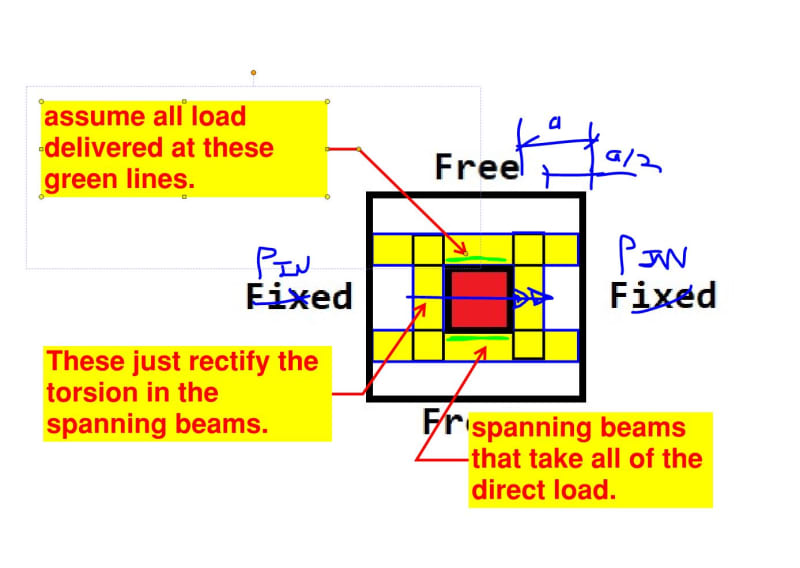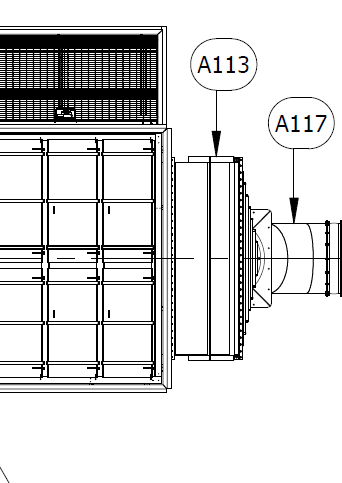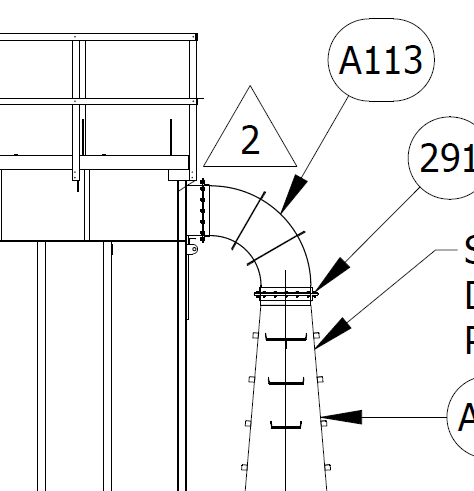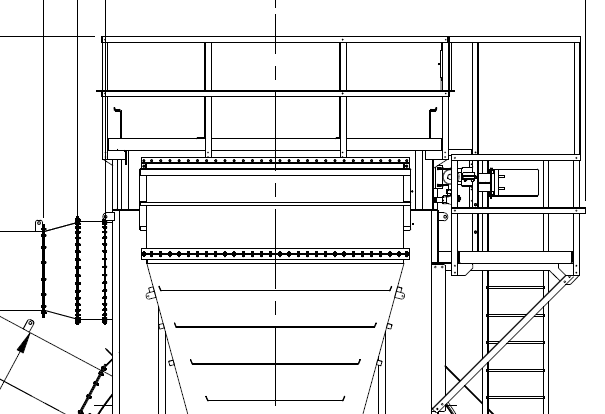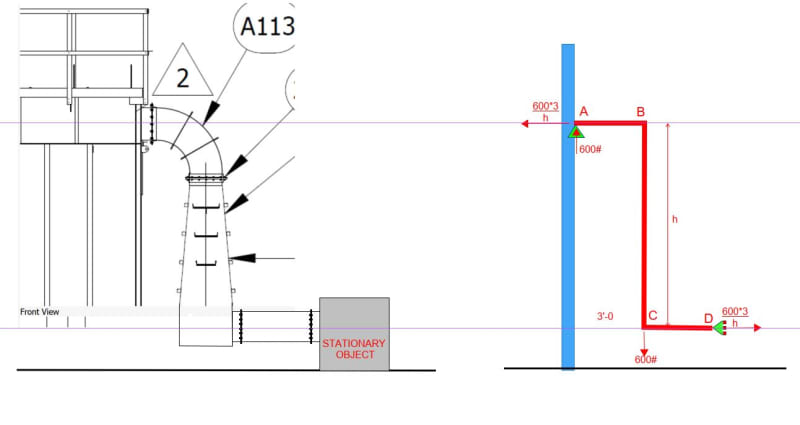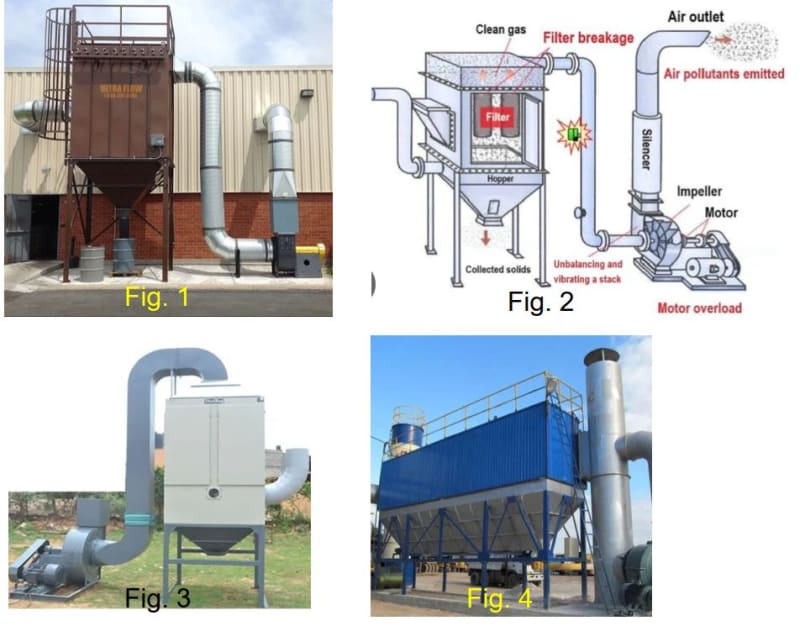EHhpprocess
Mechanical
Hello,
I'm having some trouble determining the max stress on a sheet metal wall with ducting hanging off of it. I've attached a png of what I'm working with. The red square is the hole in the plate where the top and bottom of the plate can move freely and the two sides are rigidly held in place. There is a moment created on the x-axis from the weight of the duct hanging off the sheet metal wall.
Is there a general equation to find the max stress? looked through Roark's and haven't found something that resembles what is occurring. I don't have access to FEA software.
My thought was to treat this as a beam between two rigid supports with a moment along its long axis, but I'm not confident that I'm conservatively estimating the loading on the plate.
I'm having some trouble determining the max stress on a sheet metal wall with ducting hanging off of it. I've attached a png of what I'm working with. The red square is the hole in the plate where the top and bottom of the plate can move freely and the two sides are rigidly held in place. There is a moment created on the x-axis from the weight of the duct hanging off the sheet metal wall.
Is there a general equation to find the max stress? looked through Roark's and haven't found something that resembles what is occurring. I don't have access to FEA software.
My thought was to treat this as a beam between two rigid supports with a moment along its long axis, but I'm not confident that I'm conservatively estimating the loading on the plate.

